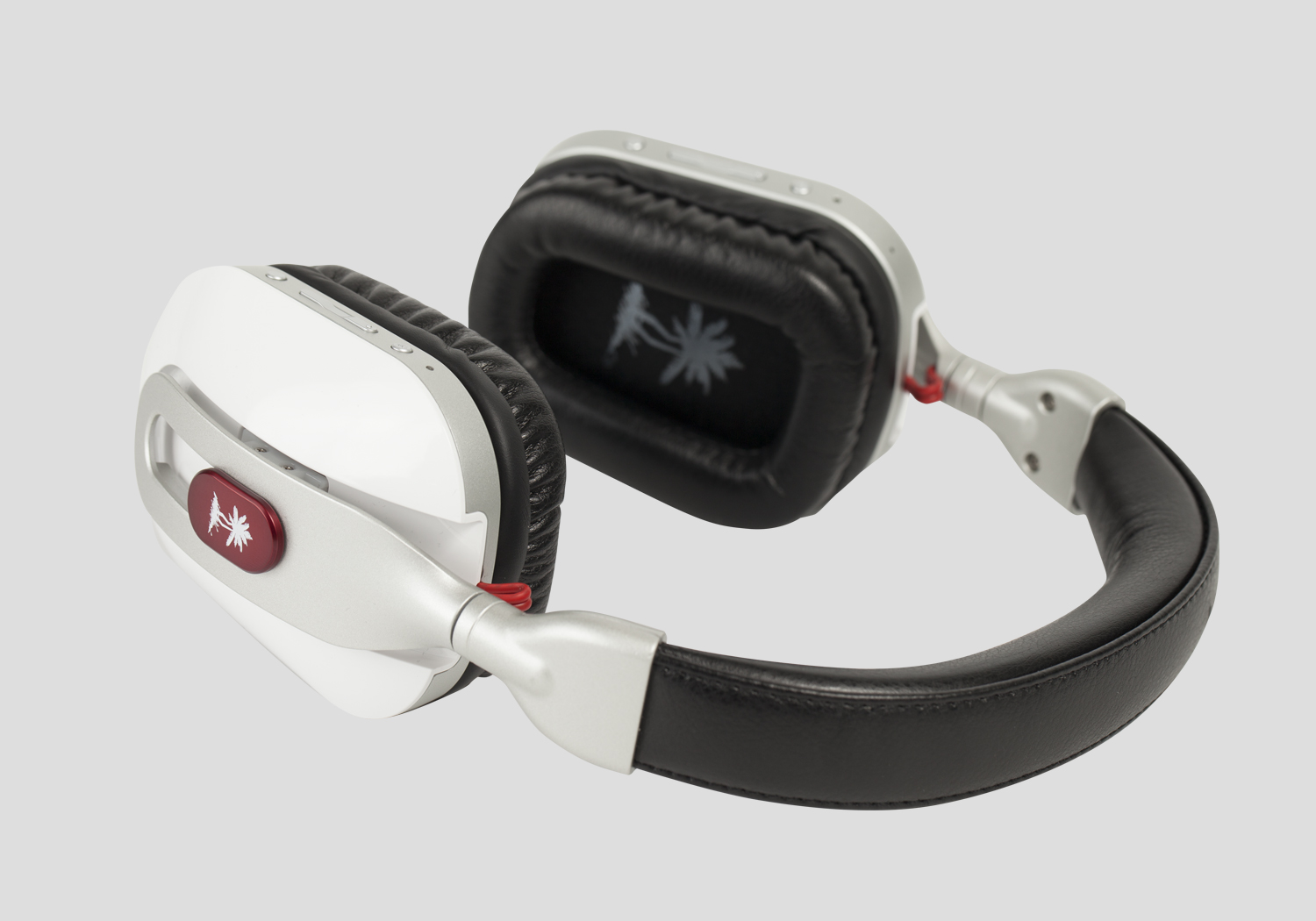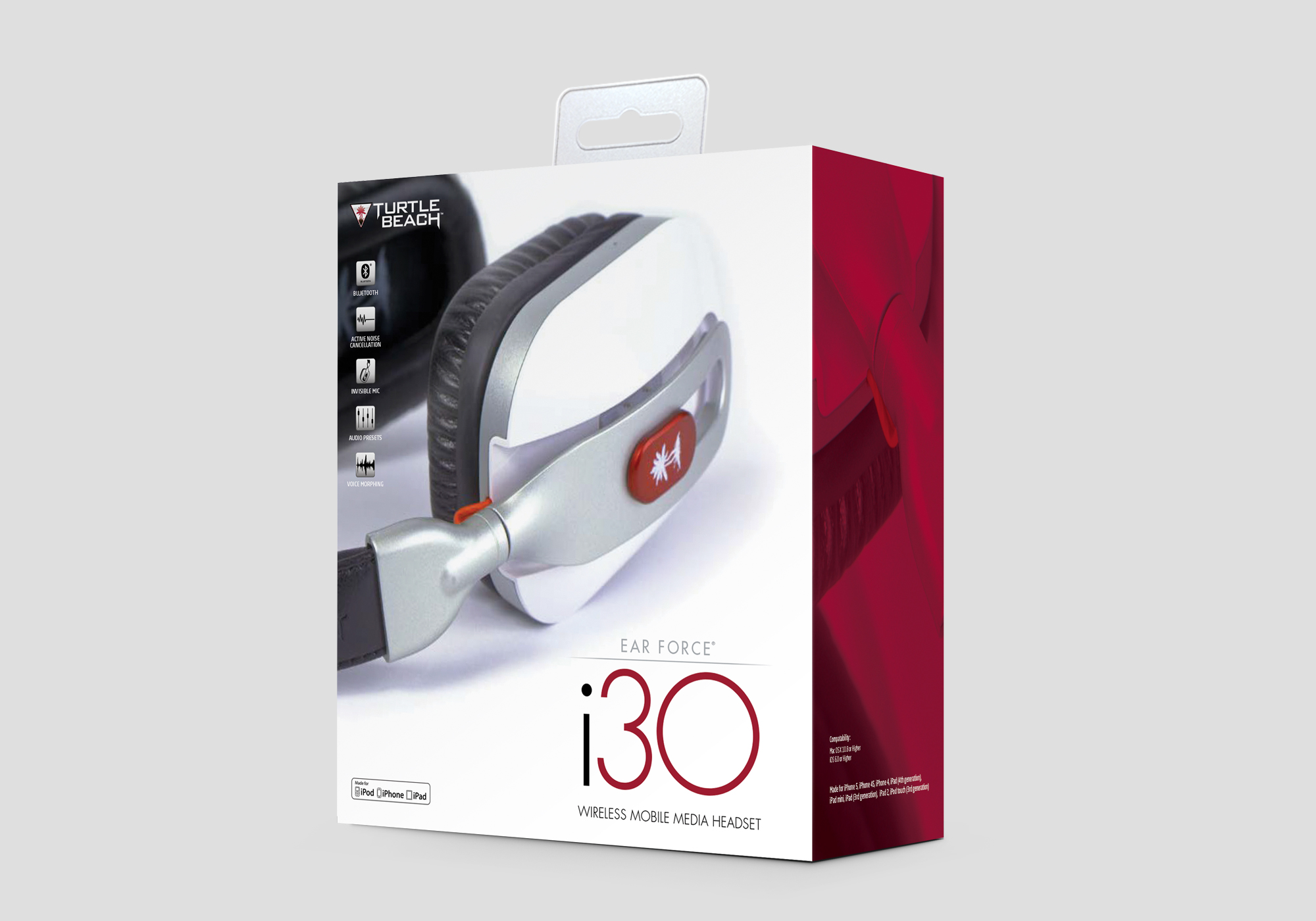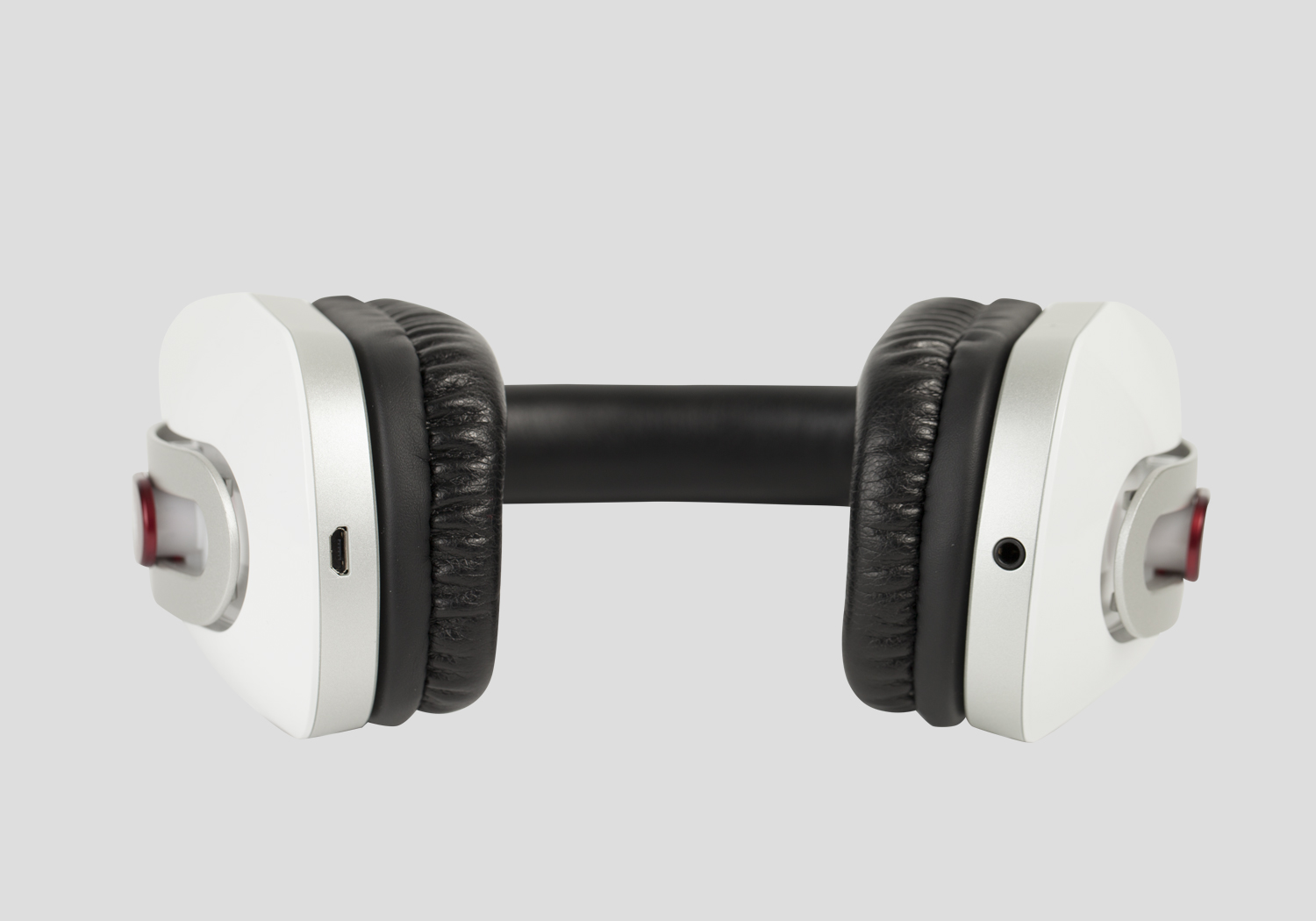 When I received the Turtle Beach Ear Force i30 Headphones for review, my hope was that they could solve the problem that exists with cheaper Bluetooth headsets that I’ve used: audio latency that makes them unpleasant to use with games. If anyone could sort it out, why not Turtle Beach, with a $300 headset made specifically for iOS? They are well-known for their gaming headsets, and I have a wired headset that I bought a few years ago that works well for what I need when I need it.
When I received the Turtle Beach Ear Force i30 Headphones for review, my hope was that they could solve the problem that exists with cheaper Bluetooth headsets that I’ve used: audio latency that makes them unpleasant to use with games. If anyone could sort it out, why not Turtle Beach, with a $300 headset made specifically for iOS? They are well-known for their gaming headsets, and I have a wired headset that I bought a few years ago that works well for what I need when I need it.
Unfortunately, not even them could sort out the issue of Bluetooth not being good for game audio. So if you buy the Turtle Beach Ear Force i30 Headphones for gaming over Bluetooth, you will be disappointed. Bluetooth just isn’t great for low-latency audio at all. If you play a game, you’ll notice a delay. For non audio-intensive games, this isn’t a problem, you might get used to it after a while. But for games where audio is key? Pull out the wired cable.
This immediately crushes one of the key features of the i30s, and it’s not really its fault: even specially-designed Bluetooth low-latency audio functionality is not going to be suitable for serious gamers who want to reduce latency to as close as zero as possible. As such, making a mobile Bluetooth headset for gaming may be impossible at this point. Turtle Beach makes an i60 headset that offers a wireless alternative for PCs, but it appears to use dual-band wifi. And since mobile gamers needing wireless near-zero latency is probably a small audience, it’s likely that a serious advance in Bluetooth, or some alternative that provides zero-latency applications will need to be necessary for wireless gaming headphones for mobile to work.
Thankfully, the i30s can be looked at as a wired headset that also works as Bluetooth wireless when you’re just listening to music or perhaps watching a movie and you don’t mind the gap between the voices and the lips moving. The i30 has a wired headphone port, and it comes with a 4-pole cable so that it can transmit its microphone over that wired connection.
The problem is that the wired connection can’t power the headphones themselves, so they’re still running off of the battery. The problem as such is that you’ll have to tether to a USB port at some point in order to charge these things up. The battery life is around ten hours, which isn’t bad for Bluetooth headphones, and you do get a quick look at the battery life from the status bar on an iOS device, but the issue there is that you can have your primary headphones, over a wired connection and with noice cancellation off, die on you.
The headphones have four buttons on each side to control the myriad functions. On the right side is the Bluetooth button, which if you tap will play/pause music or end a call, and will turn off Bluetooth or turn it on if you hold it, and start pairing if you hold it while turning it on. Below that button are the volume buttons, and at the bottom, a mic on/off button. On the left side is a power button which turns the headset on/off by holding it, and disables noise cancelation by tapping it. Below that is a pair of buttons that can change between four modes of bass/treble boost, and on the bottom is a button that switches between four voice-morphing modes for the mic.
All the commands play a sound which overlays the audio, except for play/pause and volume changing, which do changes on the device itself, so there’s no need for any feedback. As such, I don’t really recommend changing settings while listening to music you don’t want interrupted. At least there’s feedback that’s more than just random beeps, an annoyance with Bluetooth headsets. The volume and play/pause buttons only work over Bluetooth, an annoyance for anyone who plans on using these as wired headphones. There is an app for the headphones, but its only function is to change the settings on the headset itself, which you can do with the buttons, so I don’t quite get the point of it.
If you think this headset being “portable" means “small," then prepare to be disappointed. These headphones don’t really fold, they’re big cans and they can only really turn inward to putting them in the bag a bit easier. These are definitely something you’ll need some room in a bag for to use on the go. I’ve used more portable headsets, for sure. Also, there’s some wires that are outside the casing by design – these scare me as a potential pain point for the headphones to someday break at, as they move along as you maneuver the cups.
I’ve mentioned a lot of drawbacks with the Ear Force i30s, but I have zero qualms with the sound quality. It’s seriously quite impressive – sounds come through quite clear and at a detail that’s fantastic. These are expensive headphones and you’re getting expensive headphone quality. And with the bass and treble options, you can get the sound to possibly be closer to what you want it to be than with normal headphones. The mic quality was a bit lacking from when I tested out recording, though. And who really needs the voice morph functionality?
The headphones are remarkably comfortable, I feel comfortable wearing them for long periods of time, the memory foam in the cups goes a long way toward making them feel great. The Bluetooth works great, has a long range, and can pair with two devices, so you don’t have to worry about unpairing from your iPhone to use them on your iPad, for example. I do like seeing a glance at the battery life from the iOS status bar. The battery life is about 10 hours, depending on how much you use the effective noise cancellation, which drowned out the sounds of the machines at Starbucks quite well, and how high you have the volume up, and if you use Bluetooth or wired connections. The headphones do charge with a standard micro-USB cable, which is included, along with the 3.5mm audio cable and a carrying bag.
As headphones go, these work great. But it’s not hard to be a bit disappointed by the idea that one of their big features, Bluetooth, is inherently limited by technical limitations. It’s always a bit annoying playing with headphones on an iOS device, as the headphone cable can get in the way, and not all games support both landscape orientations; nothing’s worse than when you have to deal with the headphone plug right where the base of your hand is. Sadly, there’s no solution quite yet unless Wi-Fi Direct headphones become a reality, and then Apple has to pick up the ball with supporting that standard..
Should you rush out and buy the Turtle Beach Ear Force i30 Headphones? Maybe if you’re in the market for a premium wired headset that you can also use as a Bluetooth headset in a pinch. But given the inherent limitations of Bluetooth (not really the headphones’ fault), and their size and lack of portability, it’s perhaps difficult to recommend them for iOS gamers looking for a premium headset. If anything, I’d probably recommend the i60s on paper, which are the same retail price ($299, though the Turtle Beach site lists this as a discount from a normal $399, and the i60s are more expensive on Amazon than the i30s) and support PC and Mac wirelessly with surround sound support. Again, it’s hard to say that you’ll be disappointed with these if you buy them looking for good headphones, but go in with realistic expectations that Bluetooth is merely a feature of convenience.



